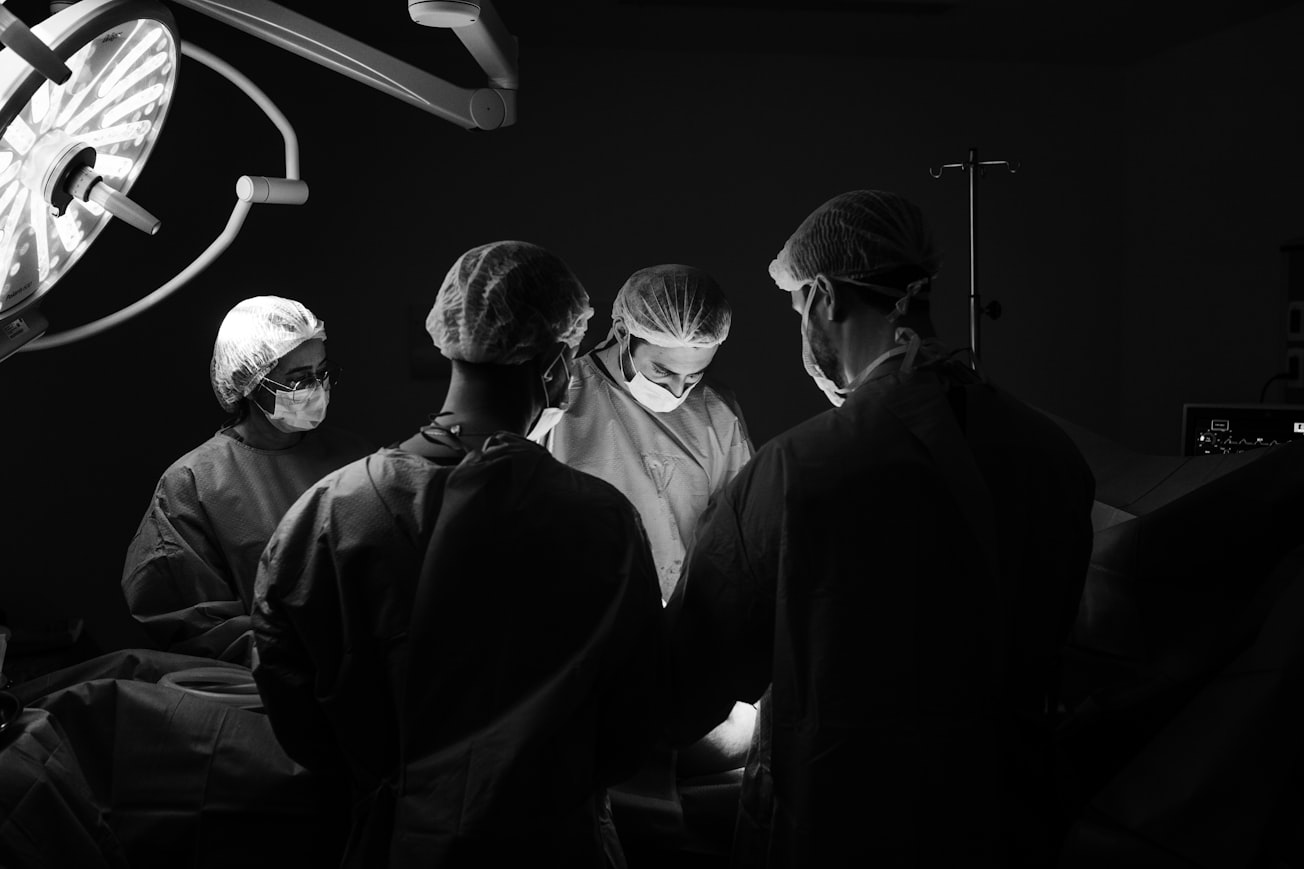What is it about?
Should all of the hip capsule anatomy be repaired following a hip replacement and can looking under the microscope at the nerves help us answer that question? The human hip capsule is a ligamentous structure that tethers the two bones of the hip joint together and is incised during a hip replacement. It is known to be an important contributor to joint stability from a structural perspective. This review demonstrated that the hip capsule also seems to play a key role in joint balance and movement control, and also importantly pain. Consequently, capsular repair, which involves suturing the hip capsule, may bring the potential opportunity to reduce the risk of dislocation. It however remains unclear if the surgical approach to approach or repair the joint should remain consistent in all individuals, or if adaptations to surgical approach are required as a result of interindividual differences, such as age, pain, or other pathologies.
Featured Image

Photo by Jonathan Borba on Unsplash
Why is it important?
Increasing numbers of total hip replacements are performed each year alongside an increasingly aging population. Between 7 and 17% of these surgeries require revision, with dislocation being one of the most common reasons. This work highlights the current status and the importance of considering the nerves that supply the hip capsule to potentially reduce complications and improving the quality of life following total hip replacement. It also opens the door to considering if individualised medicine may play a role in the development of this surgical procedure.
Perspectives
This work will help clinicians to further consider from an anatomical perspective if capsular repair offers a suitable option in the management of total hip replacements, spur future work into understanding how joints move, the factors which may make them move differently, and how to target pain. Understanding our anatomy has great potential to inform the future of medicine and surgery.
Joanna Tomlinson
University of Bristol
Read the Original
This page is a summary of: Innervation of the hip joint capsular complex: A systematic review of histological and immunohistochemical studies and their clinical implications for contemporary treatment strategies in total hip arthroplasty, PLoS ONE, February 2020, PLOS,
DOI: 10.1371/journal.pone.0229128.
You can read the full text:
Contributors
The following have contributed to this page







